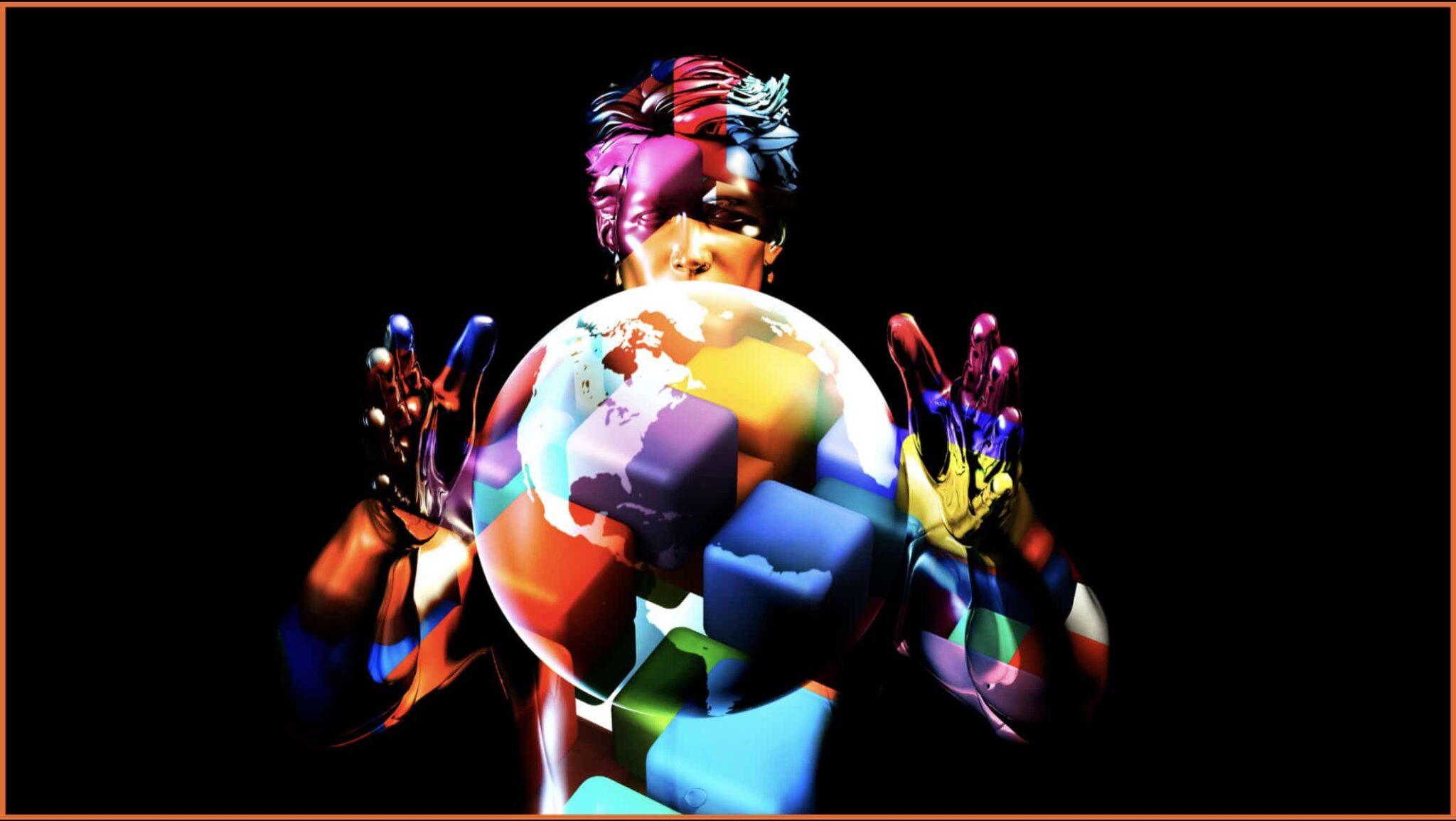A recent meta-analysis survey on the effectiveness of diversity training programs smashed the prevalent perception that diversity training does not work. It shows that with adequate target awareness and skill development, such programs can bring about effective and long term behavioural changes within an organisation.
So, how do leaders tackle the issue of enabling effective diversity in the work place? The answer is three fold –
- Build a Learning Culture
- Tailor your training module as per your team’s individual characteristics
- Set well defined and attainable goals for your team
What is a Learning Culture?
Table of Contents
Before getting started on how a learning based culture can help boost diversity within an organisation, it is important to define what it even means. Organisational cultures, though diverse, can easily be divided into 8 distinct cultural styles. These styles, can be further measured on two vectors – stability vs flexibility; and interdependence vs independence. ‘Stability vs flexibility’ refers to how open a team is to change. Where as, ‘interdependence vs independence’ is a measure of how individuals within the team interact.
Learning based cultures encourage flexibility, creativity, and allow space for different voices to feel empowered. Such a culture encourages and enables innovation and adaptability. This can prove to be an indispensable tool while charting the unpredictable market challenges of today’s world.
So, how does a learning based culture enable diversity and inclusion?

Learning based cultures focus on including unique and fresh perspectives, thereby effectively enabling diversity within the ranks. Such a culture allows for people with different backgrounds, personalities, and ethnicities to actively contribute and collaborate. This allows for a healthy and effective mixture of ideas. People are ranked on the basis of what they bring to the table. Rather than where they come from, or how they look.
A culture that enables diverse conversations stands a better chance at raising awareness and enabling tangible behavioural changes; both, within and outside the workplace. An added benefit of such a culture is that leaders are better equipped to hire, sustain, and retain talent in their organisation. In a recent research on the said topic, over 37% of people looking for a new job, cited culture as the main reason for their job change. Such a culture allows for innovation and adaptability to flourish. And, it also gives diversity wings to soar high, with pride.
Tailoring your diversity training as per your team’s characteristics
Harvard Business Review conducted a research based experiment, in regards with diversity training modules. And, the results proved to be quite insightful. When trying to curate effective diversity training modules, leaders need to watch out for individual characterises of their team members. Known as ‘perspective taking,’ it essentially turns ‘walking in someone’s else’s shoes’ into tangible goals for the participants. Leaders ask participants to reflect on the most tangible problems faced by marginalised groups. This exercise allows for deep, and effective introspection for each individual. And, that can lead to improved pro-diversity mindset and behavioural tendencies.
Something as simple as writing down a few lines about the problems their marginalised counterparts may be facing, can make a huge difference. As per the research, these behavioural changes also stand the test of time, yielding positive results even after 8 months of the initial training. Furthermore, this mindset shift allows for all around improved pro-diversity behaviour. Acknowledging the challenges faced by one group, makes participants mindful of the problems faced by other marginalised groups, as well.
Goal-setting
The second winner of this research is known as the ‘goal setting’ method. In this exercise, participants are given specific, challenging, and yet attainable goals for behavioural improvement. Something as specific as challenging inappropriate comments overheard during the course of the work day can work wonders. Such goal-setting exercises will allow for enhanced behavioural changes in a short time period. And, even enable a long-term cultural shift within the organisation, over time. These long lasting effects are bound to pay off in a big way.
What makes them effective?

What truly makes these exercises unique is that not only do they address the immediate problem of behavioural changes, but also work to relieve the deep-seated cognitive biases within teams. Diversity trainings often miss out on helping with the underlying problem of mental blocks, and unconscious biases that are the root of most diversity related issues. But, these exercises slowly, but surely, are bound to resolve and help eradicate a host of cognitive biases that cloud the collective judgement of your team members. Thus, the next time you are working on creating or tweaking your existing diversity training strategies, don’t forget to include the individual characteristics of your team members.
Let me know what you think of these methods and whether you feel they can prove to be effective. I look forward to hearing from you.









